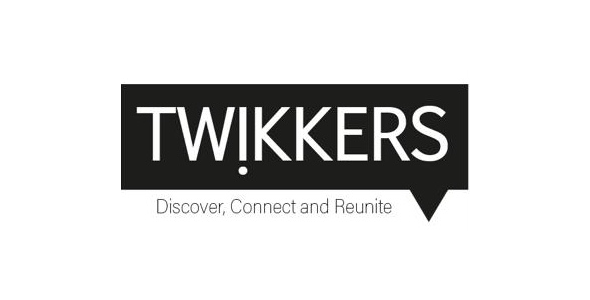Polypropylene is on the major thermoplastic polymers, with major application in the packaging, automotive, and building & construction industries. However, the waste from the polypropylene products degrade gradually when disposed in the landfills and take approximately 20 to 30 years to decompose completely. This has caused a major environmental concern due to the toxic additives such as lead, and cadmium used during the formulation of the products. This has been leading to the increasing need for recycling the waste polypropylene and reuse it in the major end-use applications.
Market Segmentation
The global recycled polypropylene market has been categorized into process, source, end-use, and region.
Get a FREE Sample@ https://www.marketresearchfuture.com/sample_request/7502
On the basis of process, the global recycled polypropylene market has been segregated into mechanical and chemical. The mechanical recycling is a well-established technology for recycling polypropylene and is projected to be the leading process segment during the forecast period. This can be mainly attributed to the various advantages offered by the process, part of the resources consumed for the production of the plastic materials is not wasted during the mechanical recycling and cost competitiveness over chemical process.
By source, the global recycled polypropylene market has been divided into bottles, films, bags, foams, industrial and agricultural waste, and others. The bottles segment accounted for the largest share of the global market in 2017. This is mainly due to the increasing consumption of processed food and beverages, which is mainly provided through plastic bottles manufactured using polypropylene. Robust growth of the food & beverages industry globally due to the rising population is expected to drive the market growth in the coming years.
Based on application, the market is segmented into packaging, automotive, building & construction, textiles, medical, electronics, and others. The packaging is the leading application segment and is projected to grow at the highest CAGR during the review period, owing to the rising demand for recycled propylene in the food packaging applications. In addition, the industrial packaging sector is booming which is further expected to favor the market growth.
Regional Analysis
The global recycled polypropylene market has been segmented across five regions—Asia-Pacific, North America, Europe, Latin America, and the Middle East & Africa. The North American market held the largest share of the global market in 2017. The robust growth in plastic recycling technology and rising awareness regarding the impacts of plastic generated waste is driving growth of the regional market. Moreover, the strengthening environmental regulations pertaining to virgin plastic production has hampered the plastic production and hence fueled the demand for recycled plastic obtained from the waste. Furthermore, the rising automotive production based on recycled polymers in the region is driving the market growth.
Browse Complete Report Details @ https://www.marketresearchfuture.com/reports/recycled-polypropylene-market-7502
Europe held the second-largest share of the market in 2017 on account of the regulatory environment regulations pertaining to the plastic wastes. The regional market in Asia-Pacific is expected to register the highest CAGR during the forecast period on account of the rapid growth of the packaging industry in the region.
Competitive Analysis
The leading players in the global diisononyl phthalate market are MBA Polymers Inc. (Austria), Veolia Polymers NL B.V. (The Netherlands), SUEZ (France), KW Plastics (US), Jayplas (UK), B&B Plastics Inc. (US), Custom Polymers (US), Joe's Plastic, Inc. (US), Ultra Poly Corporation (US), and PLASgran Ltd. (UK), among others.
